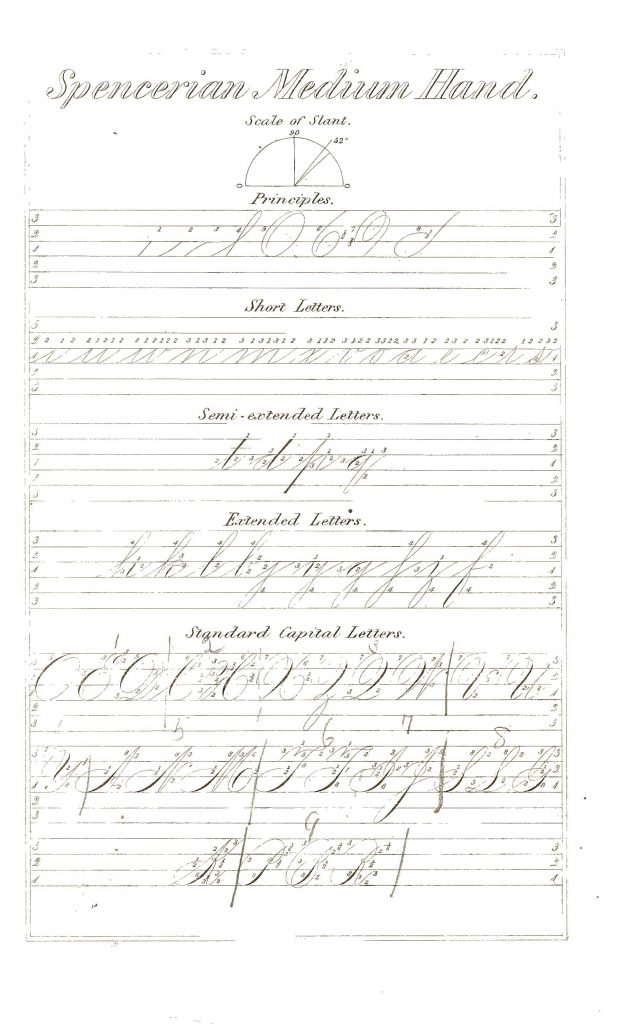

Years ago, before the advent of electronic mail, when all correspondence was a letter, we bought a writing pad and envelopes. There is a way to help you with your concentration. You're Nottingham based, try Grammar schools in the UK taught italic handwriting as a way of improving the appearance of the written word, right up to the end of the 1960's, maybe even later. Not necessarily an old one, but I suspect the two qualities come to much the same thing.
Spencerian vs palmer method how to#
Similarly, I would be interested in reading any thoughts on how to a learn a pleasant, practical script. After all, one does not sport a natty hat only to print using a Bic Cristal, does one? I've no doubt someone here can shed a little light on the matter. Schoolchildren may have been trained in beautiful twirls (my great-grandfather was) - but that's not how they passed notes to each other behind the master's back, is it? What I wonder now is, what did the "normal" handwriting of "normal" people look like in the past? How did it change? Almost all material I've seen is about the best, not the typical - or the style of those wealthy enough to concentrate on appearances.


My hand now looks (to the inexpert eye) as though it is a good century out of place! As the art is declining, this has inevitably led to historical reference. James Pickering changed my opnion of Palmer/Spencerien/Round hand and so on being the only artistic scripts (se his rendition elsewere in this forum) and in turn the Write on system from Getty-Dubay (Highly recommended) In my opnion the cursive italic is the ideal clone of cursiveforms and italics - using the best from both worlds.Over the past few years, I have made an effort to improve my writing (and the tools thereof) beyond the level of a drunken spider. I love flourishes and loops and thin/ tick strokes. but I agree, that it is hard to read if you are not raised with itīeing from a "italic devoted" country I have allways thought, that cursive represented artwork and skill - italics were just legible writing. The "abitrary rules" are the way you move, when writing, not he letterforms Executed by the book, it gives no or less writing cramps and is uniform and consisten a "legato" script. It was invented as a fast and uniform buisness hand, and did very well as such. (I have disliked this writing for these reasons since I was three years old, so please forgive my taking the opportunity to get this off my chest.) Please note: I am not criticizing any one person's writing - rather, I am criticizing a tradition that arbitrarily declares malformed letters to be correct. Uppercase "I" does not resemble any letter, let alone the correct one. Lowercase "i" logically requires a loop in this system, but does not get one. Examples: an "l" (lowercase ell) is the same as an "e", but taller. Palmer, to me, is just joined printing also - except that with Palmer the printing is intentionally malformed, forced to conform to arbitrary rules, and with goofy loops added, which all ends up making the letters not look like letters anymore. *specifically, the kind of italic hand featured in instruction books like Write Now and my own attempts to learn it. Too many instances of grade school teachers reminding my classmates and me that true cursive is not "joined printing".and that's all italic handwriting is to me* I've tried to learn italic handwriting but just can't get into it. I think my elementary school was a freak in that area. I was taught something incredibly close to Palmer.but it wasn't Palmer.


 0 kommentar(er)
0 kommentar(er)
